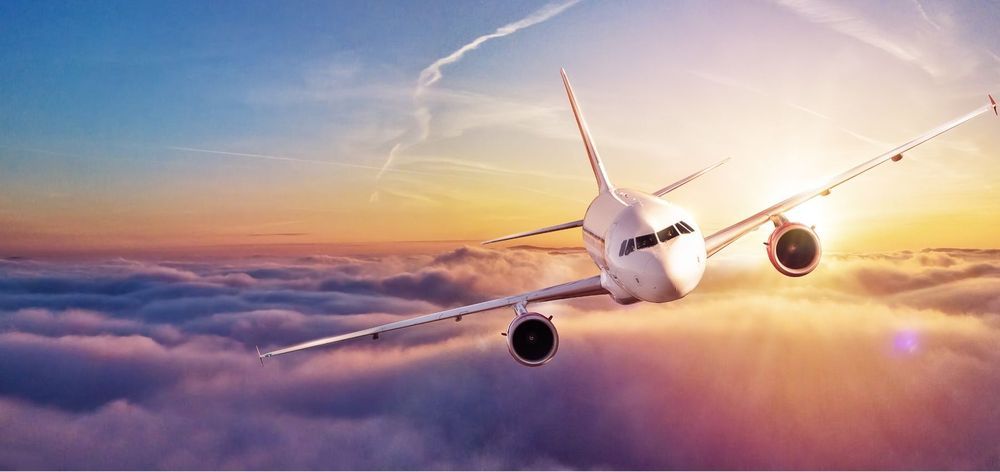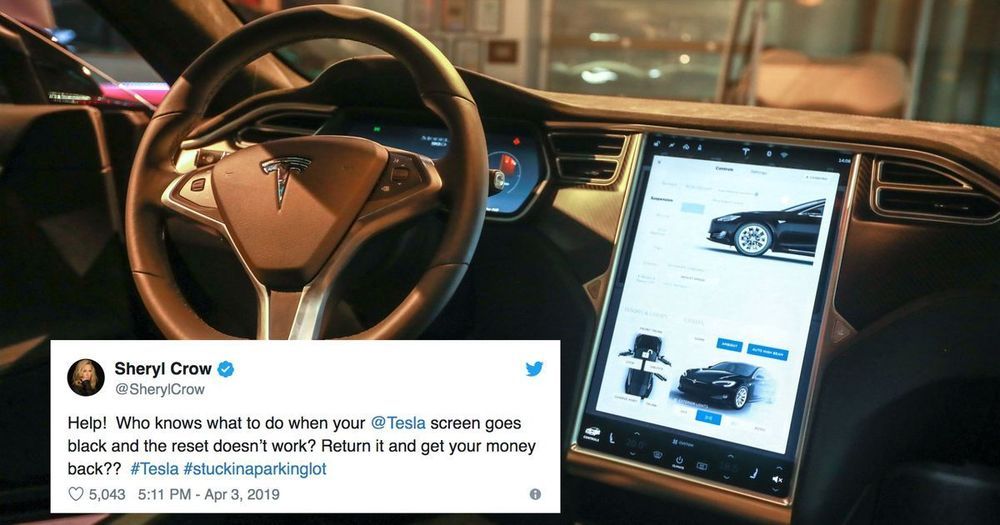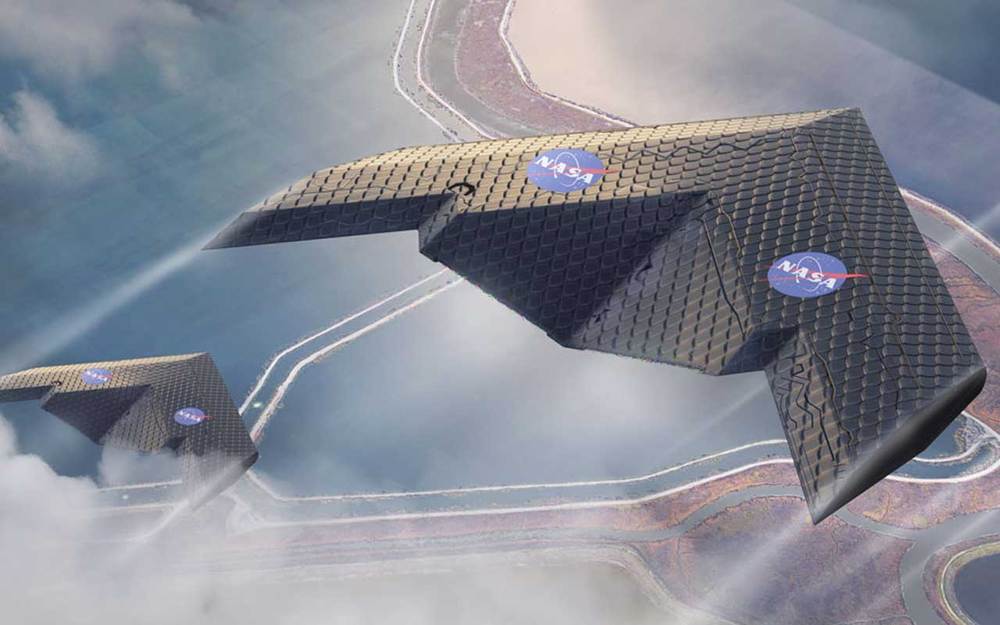
British startup Faradair Aerospace has unveiled plans to build and sell an 18-seat bioelectric hybrid airplane for use as both a passenger and cargo air transport. The company is calling its plane the Bio Electric Hybrid Aircraft (BEHA). The current model is the M1H, and the plans include a triple box wing configuration to give it exceptional lift.
The M1H will have an electric motor for use during takeoff and landing, providing a much quieter experience than jets with a traditional engine. Engineers at Faradair claim the plane will produce just 60 dba when taking off, compared to the average of 140 dba for conventional jet aircraft. It will also have a 1,600hp turboprop engine in the rear of the plane for use during flight and for recharging the batteries that power the plane when landing and taking off.
Representatives for Faradiar also claim the plane will be able to land and take off from shorter runways than conventional jet aircraft, needing just 300 meters of space—this feat will be possible due to the “vectored thrust” provided by the two contra-rotating propfans, its triple box wing design and a light body made of carbon composites. Once in the air, the plane will be capable of flying at speeds of 230 mph.
Continue reading “British startup looking to build 18-seat bioelectric hybrid airplane” »

















